Surgery - Penile Plication
The standard treatment for correction of significant Peyronie's disease is surgical plication.
This involves a general anaesthetic, and a procedure where we plicate or crimp the penis opposite the point of maximum curvature. This works well but does have some risk.
The main risk with this type of surgery is a degree of penile shortening. This is proportional to the amount of curvature that you have: ie. the greater curvature, the greater penile shortening.
There is always also a risk of erectile dysfunction, although this is rare.
There also can be recurrent or persistent curvature after surgery.
The timing of the surgery is important
Curvature can progress for 12-18 months after it first occurs. Therefore, we need to ensure that the curvature has stopped progressing before we proceed with surgery.



